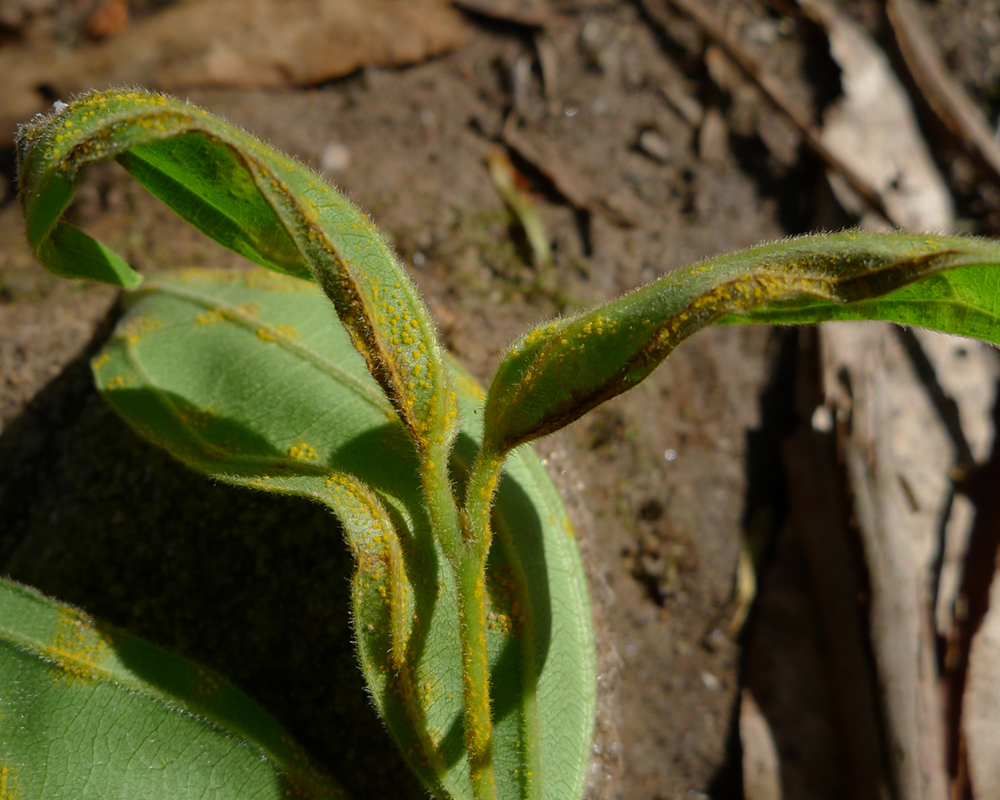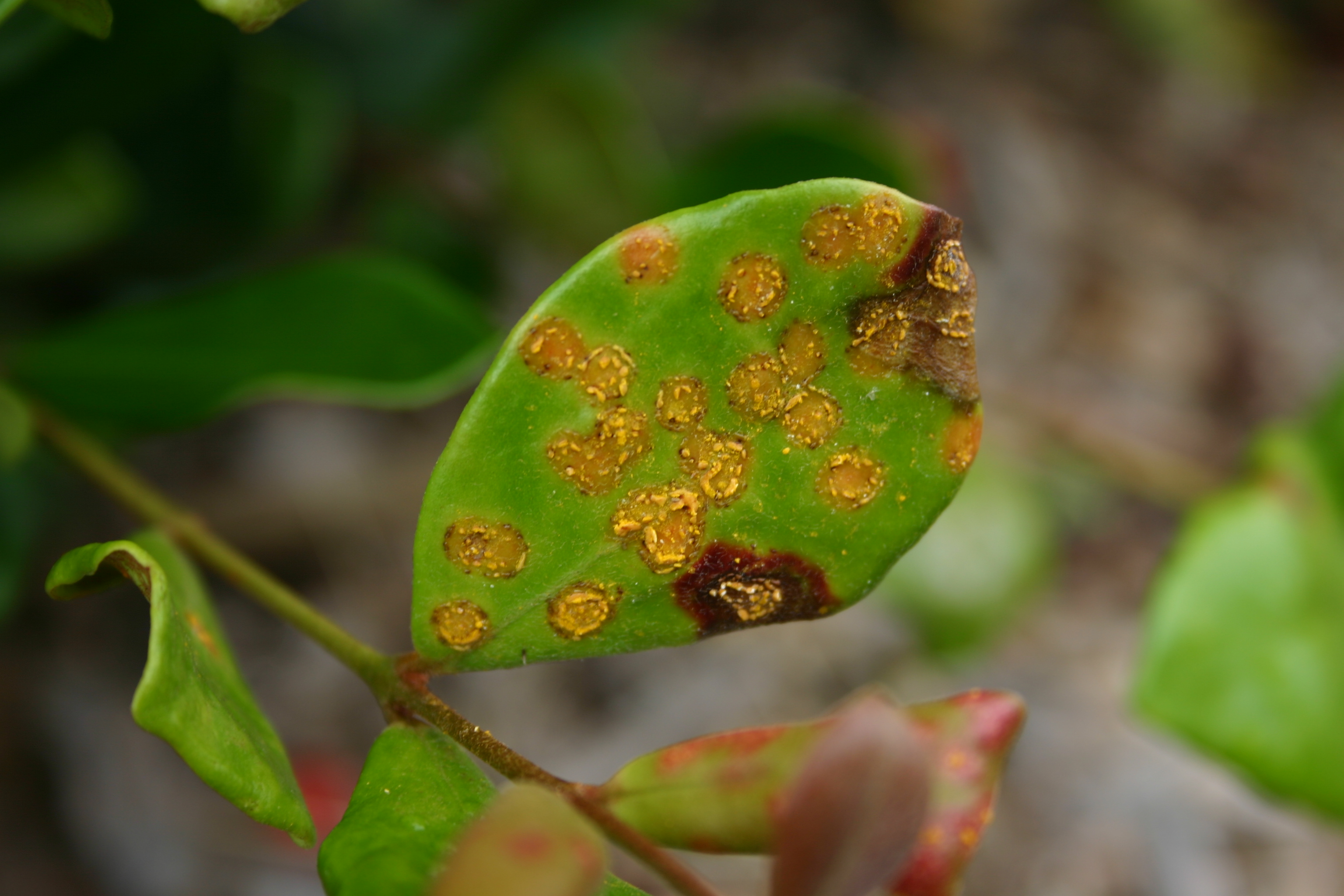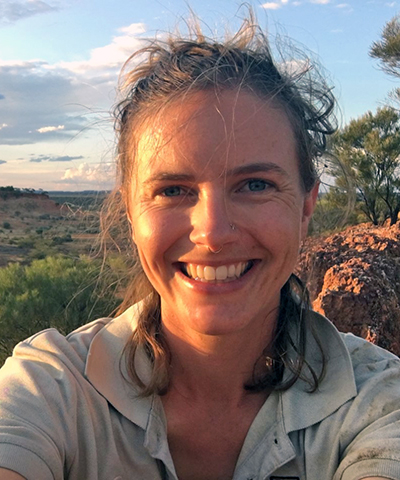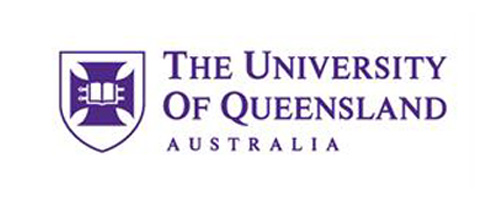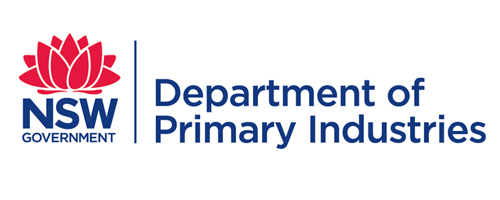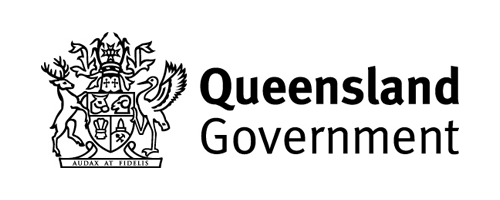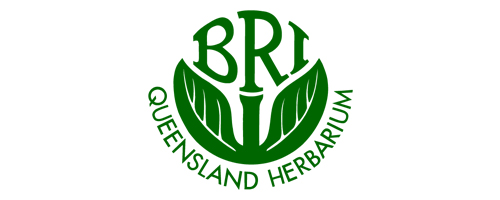
Research in Brief
This project will advance our understanding of the plant disease myrtle rust and help to combat its impacts, which affects both threatened and commercially important species. First detected in 2010, it has spread rapidly and caused localised plant extinctions. Without management, it could cause extinctions within five to 10 years.
We will compile a database on myrtle rust for assessing infection, habitat and landscape information for susceptible target species. The database and analysis will support conservation managers in:
- identifying species, habitats and locations at greatest risk
- identifying locations and habitats for safe havens
- prioritising actions to prevent extinctions

Severely impacted range-restricted species Gossia lewisensis showing infected new growth, in upland rainforest on Mt Lewis, North Queensland. Photo: Jarrah Wills
Why is the research needed?
Myrtle rust is a rapidly spreading fungal disease caused by the introduced pathogen Austropuccinia psidii and infects plants in the Myrtle family (Myrtaceae). It was first detected in Australia in 2010 and since then has spread widely, and is now found across most of the eastern seaboard where it is infecting more than 300 species. It has caused the localised loss of several species (e.g. Rhodamnia rubescens and Rhodomyrtus psidioides) and threatens more than 40 range-restricted species with extinction, some within five to 10 years.
The extent of the pathogen’s impacts are still being determined, but it has an astonishingly broad host range. It can have profound impacts on several species, including:
- species of potential commercial value, e.g. lemon myrtle (Backhousia citriodora)
- species that play an important role in the vegetation community, e.g. tea trees (Melaleuca spp.)
- species of critical importance as habitat for animals, e.g. paper bark swamps (Melaleuca spp.)
In March 2016, the TSR Hub held a workshop on the response to myrtle rust in Australia. It was emphasised that an integrated national effort is required to combat the disease. This project aims to tie in with future and existing projects, to maintain open communication with stakeholders, and to develop standard data collection protocols and a repository. Discussions regarding research priorities for myrtle rust, and to begin developing a national action plan for this pathogen (plus others yet to arrive), were identified.
We also identified two critical research priorities:
- developing a clear understanding of where and when myrtle rust will have the greatest impact; and
- identifying management options to the impending local extinctions of over 40 range-restricted species.
How will the research help?
This project will develop a comprehensive myrtle rust database to evaluate the spread of the disease over time and across the landscape. It will house records of the disease across species, habitats, locations and through time. The database will greatly enhance our understanding of the myrtle rust disease and our capacity for an effective response.
We will use the database to identify the plants at greatest risk, based on known levels of impact, plus likely susceptibility in yet-to-be-invaded areas, and to describe the progress of the disease. This will be critical for identifying the magnitude of the threat. We will also identify resistant and susceptible tree species, populations, genotypes, habitat conditions and geographic locations. This will be critical to prioritising actions for the conservation of susceptible species. As new host species are identified we will liaise with national host list custodians in order to maintain the national host list.
An immediate problem is that there are plant species at high risk of extinction within five to 10 years.
The project will identify:
- Which species/populations may require immediate rescue through cultivating and growing off-site in disease-free areas
- Which species should be preserved in seed or tissue banks
- Which populations may be safe due to tolerance to infection or isolation from the disease
- Which species/populations may be vulnerable in the future and require further monitoring.
What research activities are being undertaken?
We will populate the database with existing data held by:
- state agencies and councils,
- published sources,
- interviews with land managers, particularly seed collectors, and
- environmental consultants and bush regenerators.
We will also conduct targeted fieldwork to fill important gaps in our understanding of the geography of the myrtle rust disease. All the data will be incorporated using standardised fields in a simple format including location, date, species, habitat information, population information, level of infection and damage caused by infection. Depending on the structure of the data this will allow for modelling to determine the relationship of the disease to climate, altitude, habitat and phylogeny.
Case studies will be undertaken relating to highly susceptible species such as Rhodomyrtus psidioides. This will generate detailed data to confirm the conservation status of the species that are particularly imperilled by the disease. Some of these species may require translocation outside of their current ranges or at least as inter situ reservoirs of genetic diversity while longer-range recovery options are assessed, but before such measures are implemented the potential for surviving natural populations needs |to be carefully evaluated.
Field surveys and botanical identification will be provided by additional field observers, including botanists and land managers. Land managers and stakeholders will undertake field work to address knowledge gaps on target species and populations.
Who is involved?
The project is being led by The University of Queensland in partnership with the Queensland Herbarium, who will assist with resources for field surveys and botanical identification. The field work will be performed by land managers and stakeholders including private land owners, national park rangers, other government agencies, not-for-profit groups and NRM groups.
Where is the research happening?
The research will be conducted within Queensland, New South Wales and the Northern Territory, where current native populations are being impacted.
When is the research happening?
The project will run from 2018 to 2021.
Further information
For more information please contact project leader, Rod Fensham - rod.fensham@dsiti.qld.gov.au
Top image: Infected fruit of Lithomyrtus obtusa growing in sand communities in Cairns. Photo: Jarrah Wills
